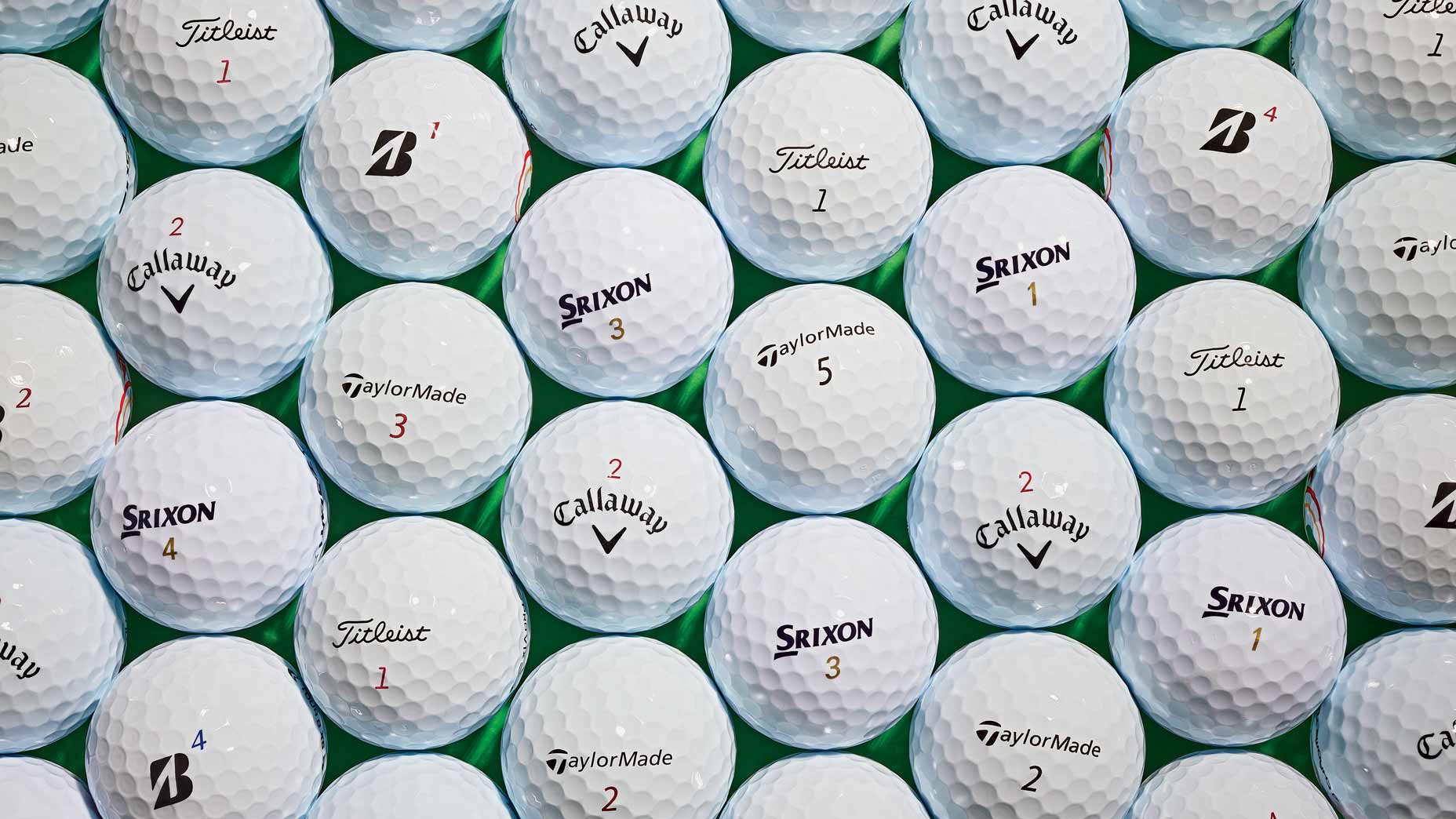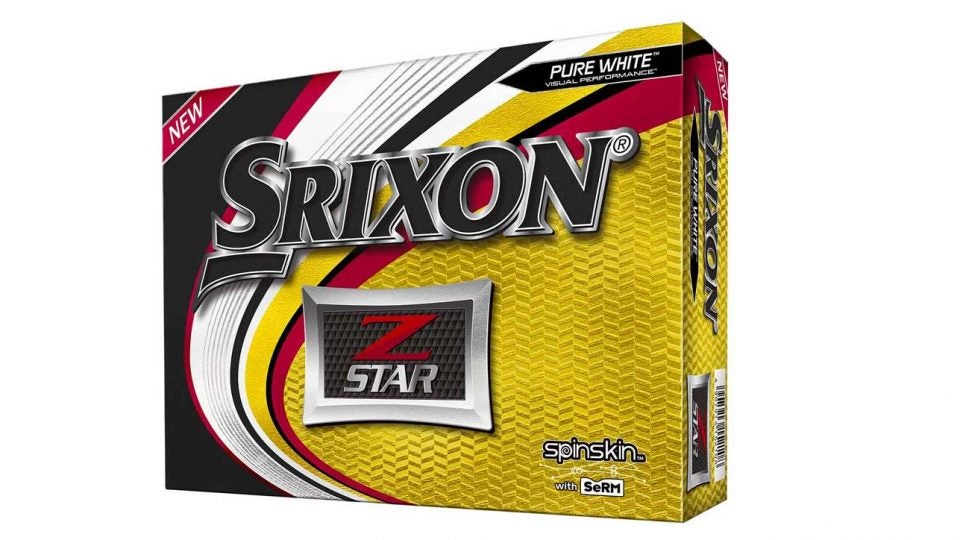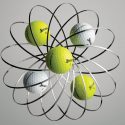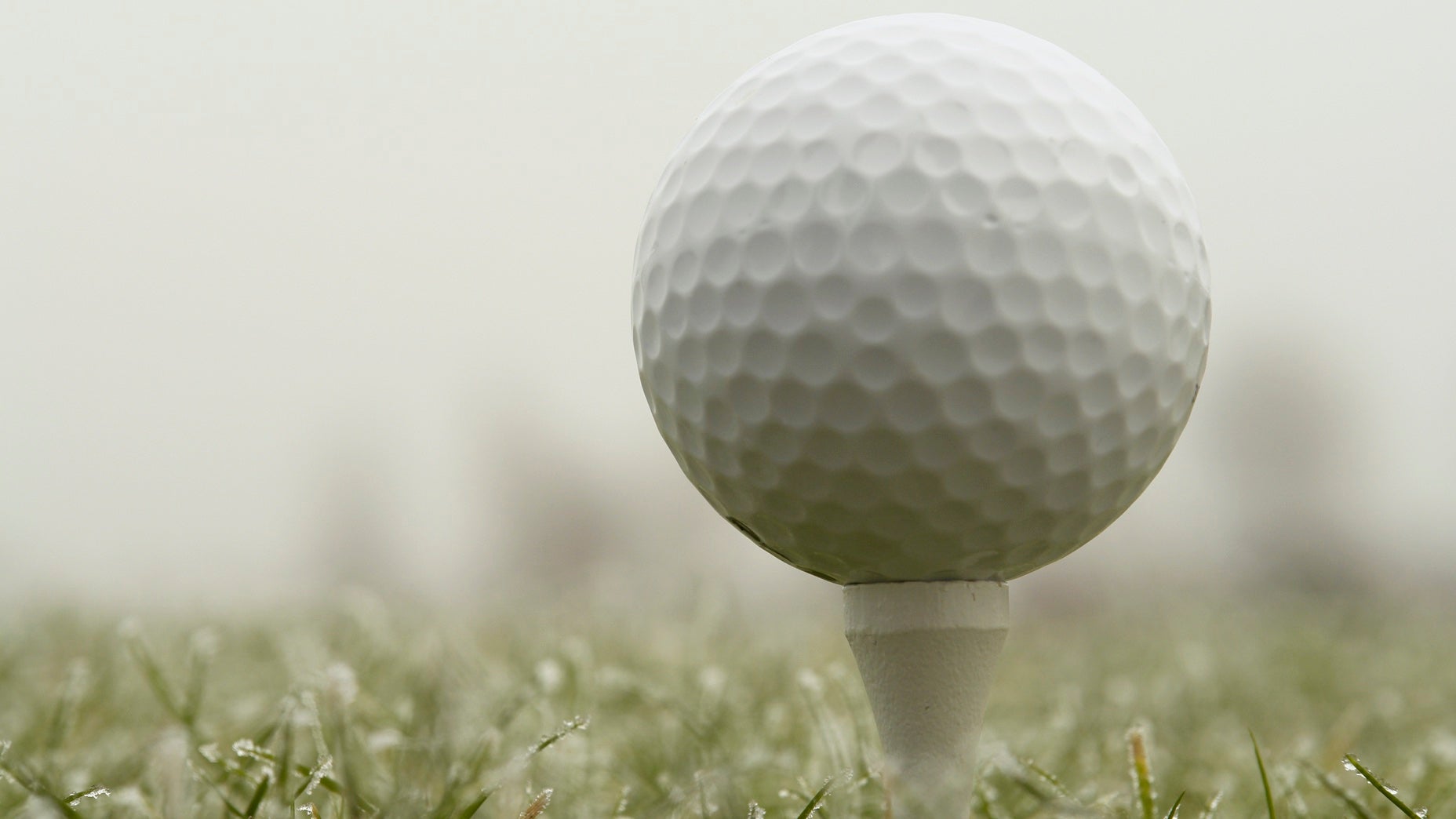 9 golf balls used by the best pros in the world
9 golf balls used by the best pros in the world
Yo, Gear Guy! I’m a mid-handicapper, should I use a Tour golf ball?

Welcome to another edition of Yo, Gear Guy!, an interactive GOLF.com series in which our resident dimplehead (a.k.a., GOLF’s deputy editor of equipment, Mike Chwasky) fields your hard-hitting equipment questions. This week, he addresses who should and shouldn’t use Tour golf balls.
Tim from Instagram: I’m an 18 handicapper – will a Tour ball help me or should I go with a cheaper option?
This question seems to come up over and over, but we’ll deal with it at least one more time. A Tour ball can be the right option for players of all handicaps including those who can barely break 100; it all depends on your game, your feel preferences, and your budget.
The common perception among recreational players is often that a Tour ball with a multi-layer construction and soft urethane cover (see Titleist Pro V1, Srixon Z-Star, Callaway Chrome Soft, etc.) could be either too hard to control due to higher spin rates with or shorter off the tee than a two-piece model with a Surlyn cover, or both. While that was true in the days of wound balata ball models, it’s not at all true these days. In fact, a modern Tour golf ball is basically a distance ball wrapped in a firm mantle layer and a soft urethane cover. With the long clubs, particularly the driver, they behave almost exactly the same way and typically go almost the exact same distance as a two-piece “distance” ball. So, in terms of driving, you really should have no concerns when selecting your golf ball model.
ADVERTISEMENT
The other concern for some players, that a Tour ball will spin too much to be controllable on short shots, is also really nothing to be worried about. If you normally play relatively straight-faced chip and pitch shots around the green without any concern for “one hop and stop” performance, you can do so with a Tour ball just as you might with a less expensive model with a Surlyn cover. Though there might be some instances where you get a bit more spin than you expect, generally it’s nothing too severe. With all that being said, some might wonder why anyone would not select a Tour ball, and the answer there is very simple – price. If you don’t need the ultimate in feel, spin, and distance, feel free to try and buy any number of excellent, less expensive models that can easily provide the same type of distance with less short game spin and a slightly different feel.
My advice – try a sleeve of Tour balls and see if you like the feel and performance or are happy with whatever category of ball you’re currently playing. Personally, I’m quite impressed by how well modern, less expensive models play (and feel) but could never give up the sensation a urethane cover provides at impact, particularly off the putter.
To receive GOLF’s all-new newsletters, subscribe for free here.
ADVERTISEMENT







